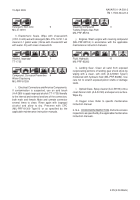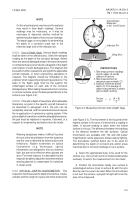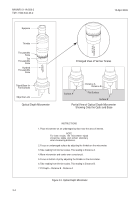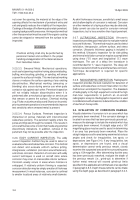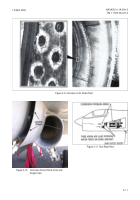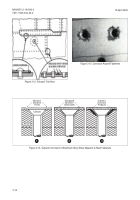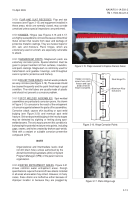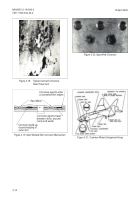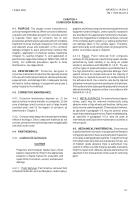TM-1-1500-344-23-2 - Page 69 of 240
3-9
NAVAIR 01-1A-509-2
TM 1-1500-344-23-2
15 April 2009
3-5. COMMON CORROSION PRONE AREAS.
There are certain corrosion prone areas common to all
aircraft. Corrosion prone areas should be cleaned,
inspected, and treated more frequently than less
corrosion prone areas. The following paragraphs
describe the areas and contain illustrations to aid in
inspections. However, the list is not complete and
should be expanded by referencing the maintenance
manuals and maintenance cards for each specific
aircraft, which will show other possible trouble spots.
3-5.1. BATTERY COMPARTMENTS AND BATTERY
VENT OPENINGS. In spite of protective paint systems,
corrosion preventive compounds, and venting
provisions, battery compartments are severe corrosion
problem areas (see Figure 3-5). Fumes from overheated
battery electrolyte will spread to adjacent internal cavities
causing rapid corrosion of unprotected surfaces. If the
battery installation has an external vent opening to the
aircraft skin, include this area in battery compartment
inspection and maintenance procedures. Frequent
cleaning and neutralization of deposits will minimize
corrosion. Leakage of aircraft batteries with electrolytes
of either sulfuric acid or potassium hydroxide will cause
corrosion. Consult the aircraft maintenance manuals to
determine which type of battery is used. Refer to
CHAPTER 3
INSPECTION AND CORROSION PRONE AREAS
SECTION II. CORROSION PRONE AREAS
Figure 3-5. Battery Compartment
Figure 3-6. Helicopter Bilge Area
Chapter 6 and specific aircraft maintenance manuals
for instructions on cleaning and neutralizing battery
electrolytes.
3-5.2.
BILGE AREAS. These areas are natural
collection points (i.e., lower point/areas of aircraft) for
water, dirt, loose fasteners, drill shavings, and other
debris (see Figure 3-6). Keeping bilge areas free of
debris and fluids, and application of recommended
corrosion preventive compounds (CPCs) are the best
protection against corrosion.
3-5.3. CONTROL CABLES. Control cables present a
corrosion problem whether they are made of carbon
steel or stainless steel. As shown in Figure 3-7, the
presence of bare spots in the protective coating is one
of the main contributing factors to the corrosion of
cables. Dirt, dust, and grime that collect will lead to
corrosion and cable failure.
Back to Top

